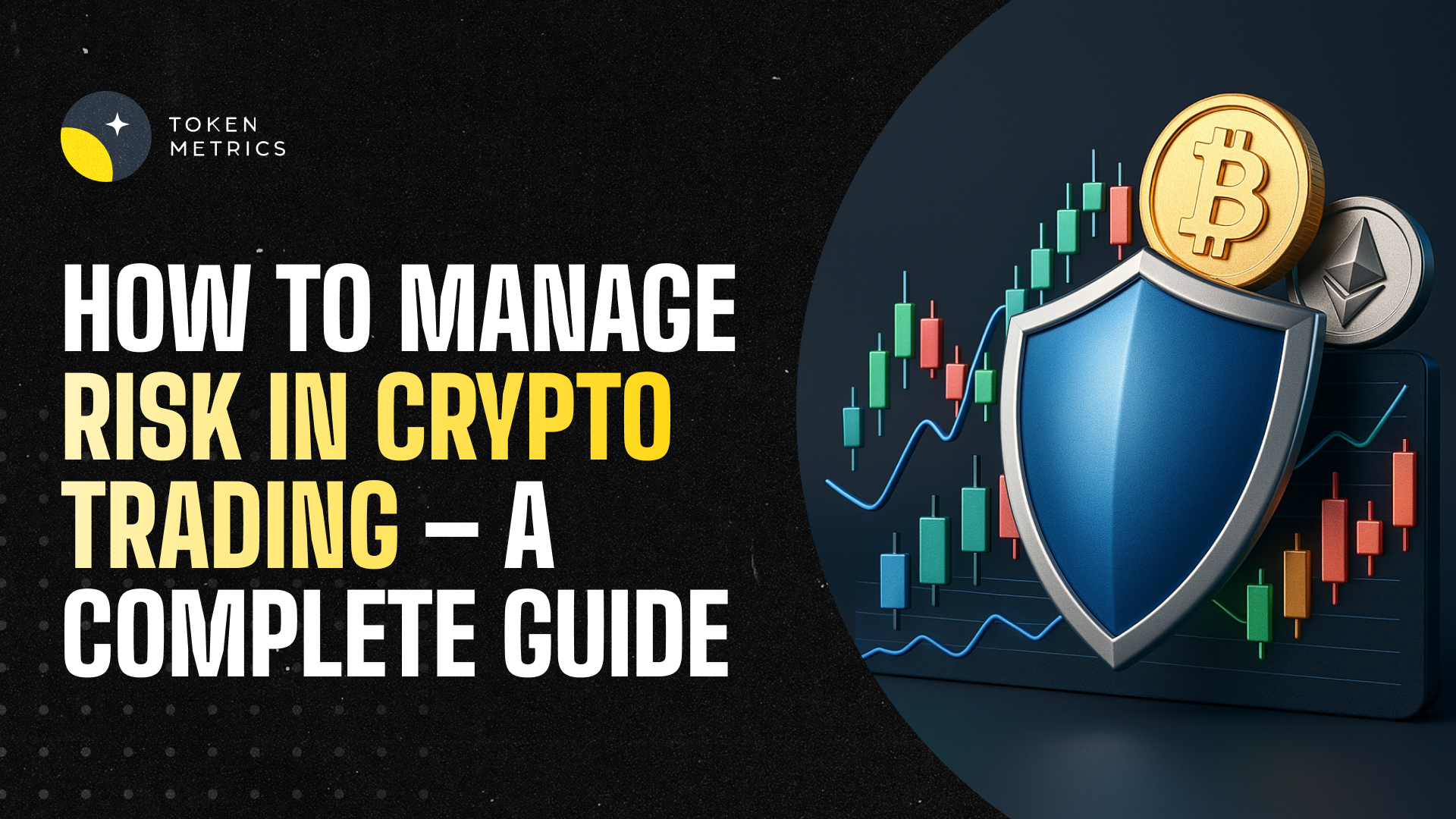
APIs Explained: A Practical Guide for Developers

APIs power much of the digital world but the term can feel abstract to newcomers. Whether you are building a web app, integrating an AI model, or pulling market data for research, understanding what an API is and how to evaluate one speeds development and improves reliability. This guide breaks down core concepts, common patterns, and practical steps to choose and use APIs effectively—without assuming prior expertise.
How an API Works: The Basics
An API (Application Programming Interface) is a defined set of rules and protocols that lets one software program request services or data from another. At a high level, an API specifies:
- Endpoints: named URLs or addresses where requests are sent.
- Methods: actions you can perform (for web APIs, common HTTP methods are GET, POST, PUT, DELETE).
- Parameters and payloads: the inputs required or optional for a request.
- Responses and status codes: how the server returns data and signals success or error.
Think of an API as a waitstaff in a restaurant: you (the client) place an order (request) using a menu (API documentation), and the kitchen (server) returns a dish (response). The menu defines what is possible and how to order it.
Key API Architectures and Types
APIs come in different styles depending on design goals and constraints:
- REST (Representational State Transfer): The most common web API pattern, using HTTP verbs and resource-oriented URLs. REST emphasizes stateless communication and cacheable responses.
- GraphQL: A query language that allows clients to request exactly the data they need in a single request, reducing over- and under-fetching.
- gRPC: A high-performance RPC framework using Protocol Buffers, suited for low-latency service-to-service calls.
- Webhooks: Server-to-client callbacks that push data to a consumer when events happen, rather than requiring constant polling.
- Library/SDK APIs: Language-specific interfaces bundled as packages that abstract network details for developers.
Each type has trade-offs: REST is simple and widely compatible, GraphQL is flexible for variable payloads, and gRPC is optimized for performance between services.
Real-World Uses: Crypto, AI, and Beyond
APIs are central to modern crypto and AI stacks. In crypto, APIs provide access to market prices, on-chain data, wallet balances, and transaction histories. In AI, APIs expose model inference endpoints, allowing applications to send prompts and receive processed outputs without hosting models locally.
When connecting these domains—such as feeding on-chain data into an AI research pipeline—developers use layered APIs: one service to fetch reliable market or chain data, another to run models or scoring logic. For example, research platforms and data providers expose standardized endpoints so teams can automate backtesting, signal generation, and analytics workflows.
For neutral examples of an analytics provider in the crypto space, see Token Metrics, which demonstrates how specialized APIs and models can structure insights for research use cases.
How to Evaluate and Use an API: Practical Checklist
Choosing and integrating an API is a mix of technical evaluation and operational planning. Use this checklist:
- Documentation quality: Clear, example-driven docs accelerate integration and reduce errors.
- Rate limits and pricing: Understand throughput limits, cost per request, and billing models to avoid surprises.
- Data consistency and latency: For real-time needs, measure update frequency and response times.
- Authentication and security: Prefer APIs that use robust auth (OAuth, API keys with scoped permissions) and TLS encryption.
- Error handling and retries: Check how errors are communicated and design idempotent requests or backoff strategies.
- SDKs and language support: Availability of client libraries can shorten development time, but inspect their maintenance status.
- Operational SLAs and reliability: For production systems, review uptime guarantees and incident history if available.
Applying this framework helps teams decide between alternatives (self-hosting vs managed, REST vs GraphQL) based on their latency, cost, and control needs.
Build Smarter Crypto Apps & AI Agents with Token Metrics
Token Metrics provides real-time prices, trading signals, and on-chain insights all from one powerful API. Grab a Free API Key
FAQ: Common Questions About APIs
What is the difference between an API and an SDK?
An API is a set of rules for interacting with a service, typically over a network. An SDK (Software Development Kit) is a package that may include APIs, helper libraries, and tools to make integrating those APIs easier in a specific programming language.
How do REST and GraphQL compare for client apps?
REST maps resources to endpoints and is simple to cache and reason about. GraphQL lets clients request only needed fields and combine multiple resources in one query, which can reduce round trips but may add server-side complexity.
Are public APIs safe to use for sensitive data?
Public APIs can be secure if they implement proper authentication, encryption, and access controls. Avoid sending sensitive secrets through unencrypted channels and use scoped credentials and least-privilege principles.
How do rate limits affect application design?
Rate limits cap how many requests a client can make in a time window. Design strategies include batching requests, caching responses, exponential backoff on errors, and choosing higher-tier plans if sustained throughput is required.
Can I combine multiple APIs in a single workflow?
Yes. Orchestration patterns let you fetch data from one API, transform it, and pass it to another (for example, pulling market data into an AI inference pipeline). Maintain clear error handling and data validation between steps.
How should I test an API integration?
Use sandbox or staging environments when possible, write automated tests for expected responses and error states, monitor real-world requests, and include assertions for schema and performance thresholds.
What are the typical authentication methods?
Common methods include API keys, OAuth 2.0 tokens, and mutual TLS. Select a method that balances ease of use and security for your application's context.
Disclaimer
This article is educational and informational only. It does not constitute financial, legal, or professional advice. Evaluate APIs and tools independently, review provider terms, and consider operational and security requirements before integration.

.svg)

Create Your Free Token Metrics Account

.png)




%201.svg)
%201.svg)


%201.svg)
















.svg)




.png)